]“Helping Others Learn to Grow” is more than just the mission of the Champaign County Master Gardeners (CCMG) program, says Program Coordinator Ava Heap, but a personal commitment to continued learning for the 200-plus volunteers that make up the program’s ranks. For a program that began in 1992, with class sizes of just ten people or less, the Master Gardeners have grown and increased their impact across Champaign-Urbana significantly. All it takes to learn and become a “Master” gardener is “hard work, devotion, and trying,” though Ava assured me that none of the volunteers would ever claim to be a “Master” gardener. For there is always more to learn, from yourself and others, a cornerstone of the community that the Master Gardeners Program tries to create within itself and Champaign-Urbana.
This commitment to learning and growth can be seen from the very way that volunteers become Masters. After an initial application process, an interview with current volunteers, and the typical paperwork associated with any educational undertaking, accepted individuals begin taking classes. When speaking to Ava I questioned the application process, asking if anyone was ever actually rejected, but the application and interview are merely to establish “fit,” ensuring that prospective volunteers enter the program as informed and enthusiastic as possible.
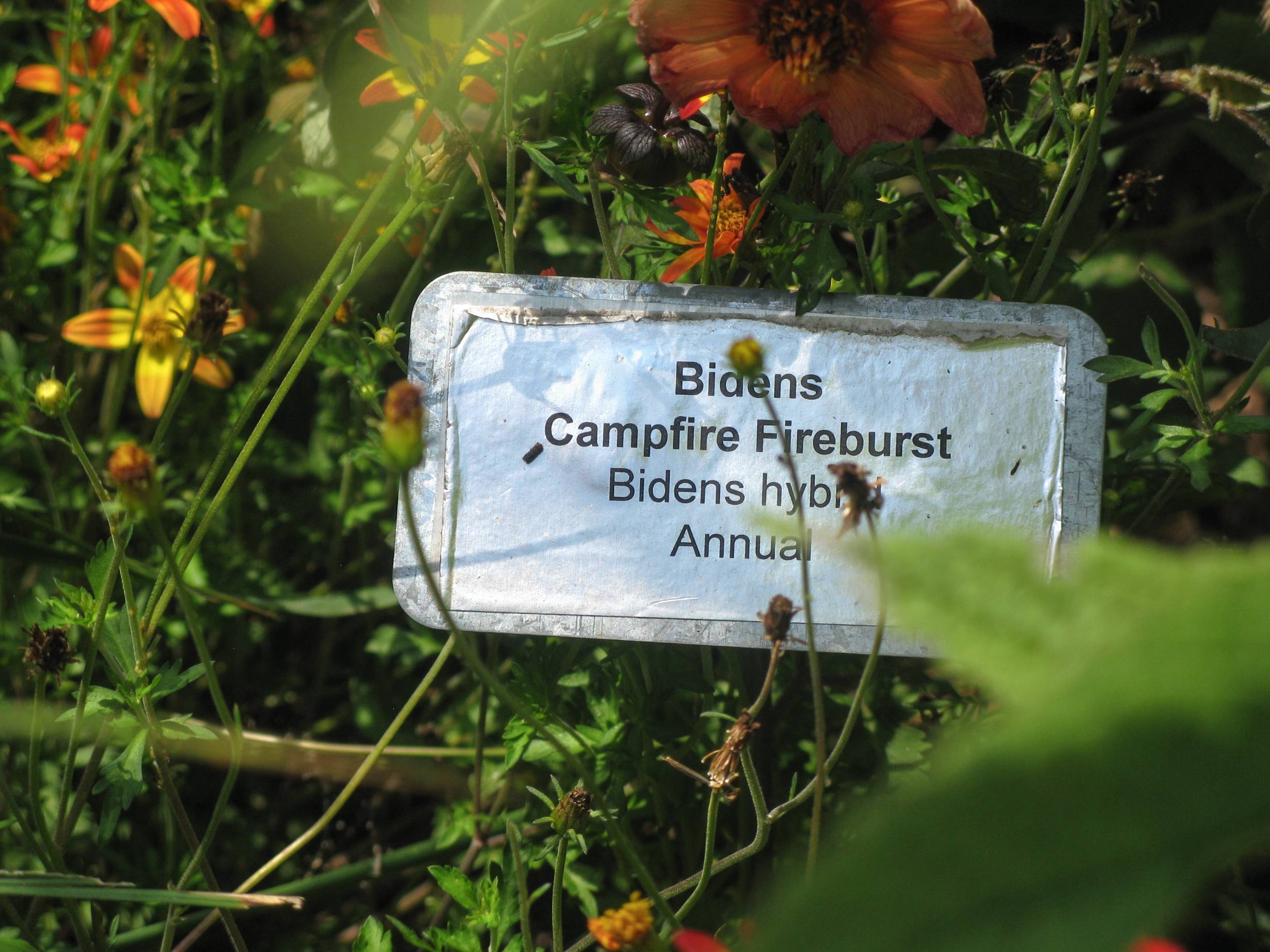
Classes held in Champaign, Danville, and Onarga begin in January (the overall application process begins in the fall) and continue until April. Trainees take full-day classes once a week that include topics such as Botany, Insects, Vegetables, Plant Diseases, and more, led by U of I Extension educators and other experts. For those who can’t devote a day a week to train, there is an option to take online, self-paced classes that include weekly assignments, tests, and discussions. Traditional and online classes, full of diverse topics and lessons, are well worth the cost at $175 and $200 respectively, and scholarships are available.
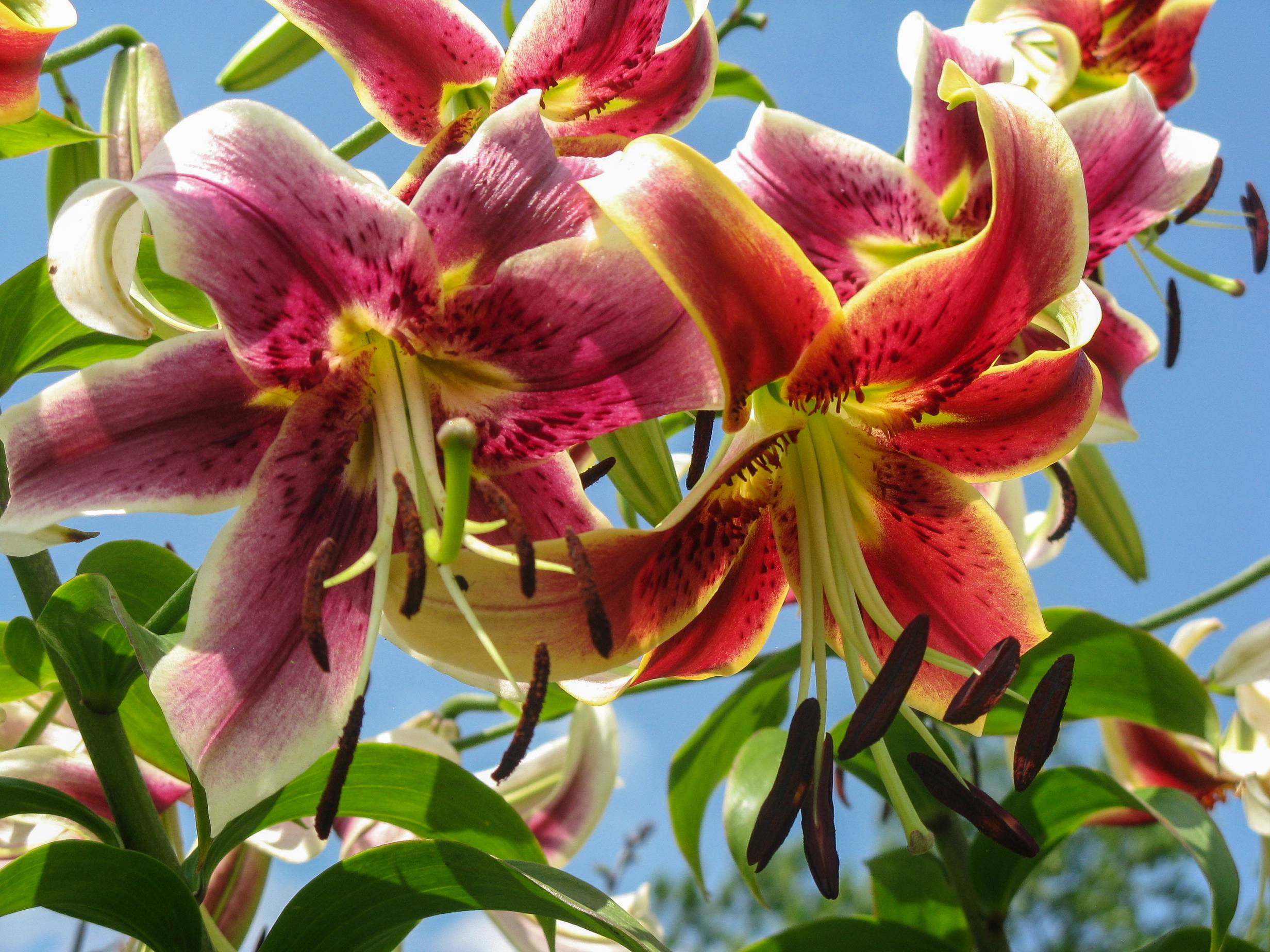
After graduation, Trainees become Interns and must complete 60 hours of volunteering within the first two years of their training before they become Masters. Those volunteer hours are met through participation in the various community projects the Master Gardeners maintain. For many of those who start the training as retirees the program is a bucket list item. Some volunteers have such a desire to get started as Masters that they call Ava within a month of finishing training to say they completed their volunteer hours.
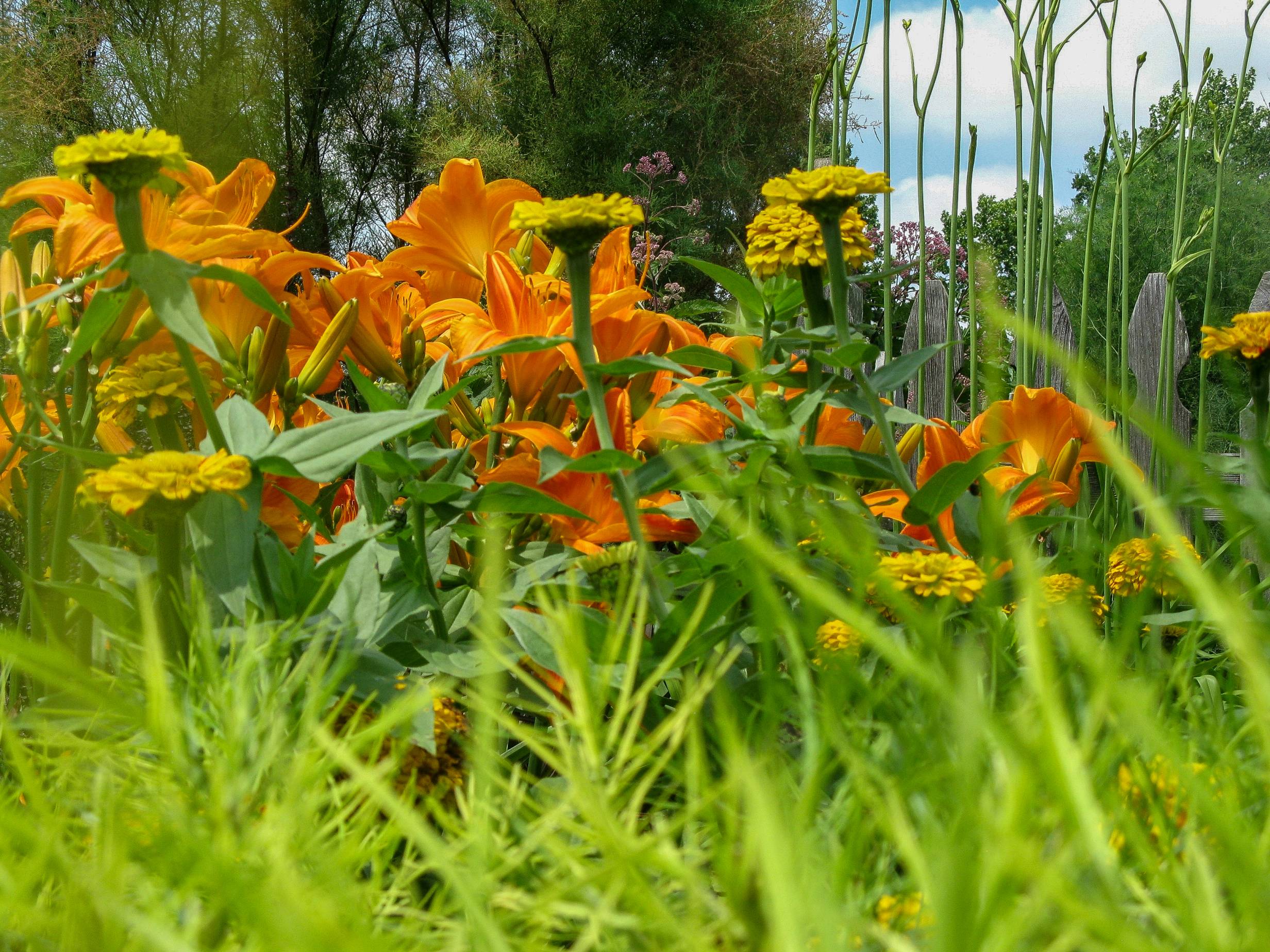
The learning doesn’t stop there, once individuals complete their volunteer internships and become Masters; they have a required 30 volunteer hours and ten continuing education (CE) hours per year in order to maintain active status. The CE hours can be fulfilled through attendance of scheduled learning opportunities throughout the year and the monthly meetings the program holds on the third Tuesday of every month. For those in the community who are new or experienced gardeners, but can’t devote the time to the winter classes or volunteering, the monthly CCMG meetings and other classes are often free and open to the public. The winter classes are also open to community members who work in landscaping or a related field and want to hone their skills. All they have to do is register online.
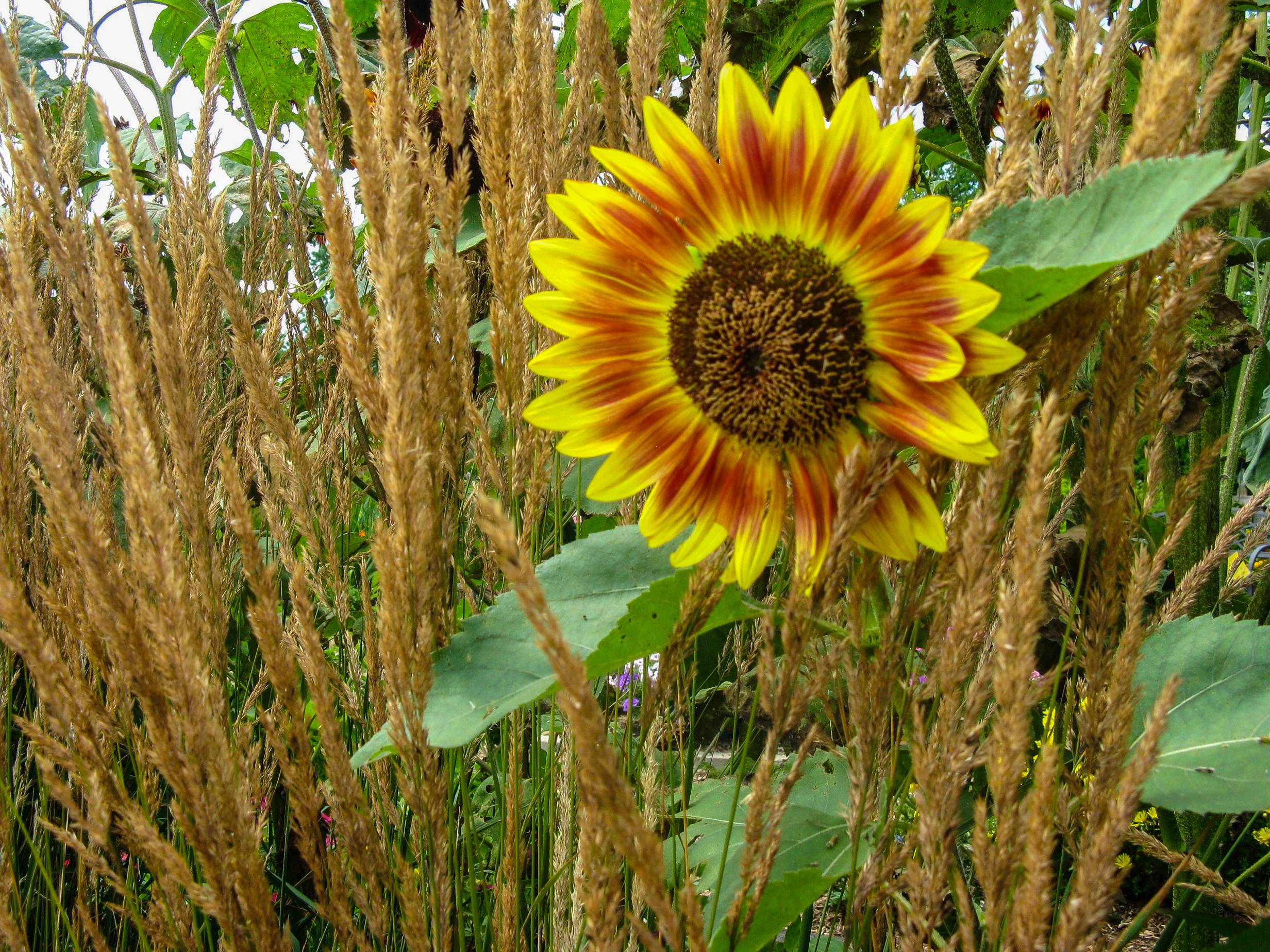
The typical Master Gardener volunteers are retired individuals within the community, and most of them have some experience with gardening. However, newbies to gardening (and young people!) are always welcome. Recently, more people in their 20s and 30s have been joining the program. With the changing demographic of the typical gardener and the increase in popularity of urban farming through activities like canning, there’s a place for anyone in the program. It is a great way to meet other people in the area that are enthusiastic about gardening, learning, community outreach and development. Those interested in the program are encouraged to find their niche by coming to monthly meetings and other classes, taking advantage of the ever-changing class topics such as Japan Gardening, Houseplants, Animals & Insects, and more. Or, go online to check out the Master Gardener newsletter, the Cultivator, which is published bi-monthly by CCMG.
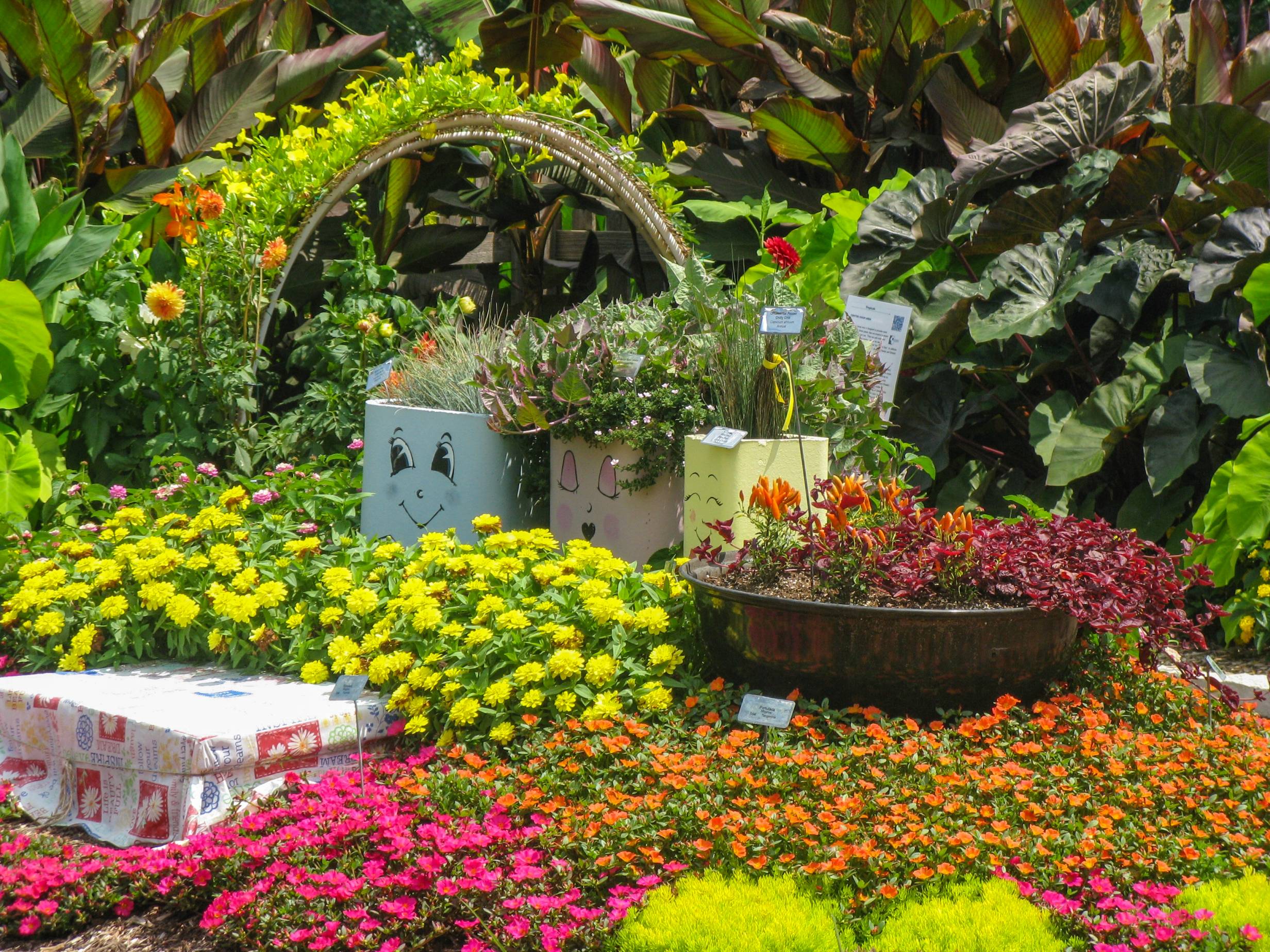
The Master Gardeners are involved in the program not just to learn, but also to give back via the many community projects run by CCMG and their partners throughout Champaign-Urbana. Two of the first community projects undertaken by the Masters were the Champaign County Nursing Home and Crisis Nursery, not created as a space for volunteers to interact with the residents, but designed to create safe, beautiful, and calming spaces for those who come to occupy those spaces. At Crisis Nursery, volunteers go in when the children are not there. The garden is intended to aid in the creation of a safe space for the children and their parents, while also introducing them to gardening and horticulture. The success of these and other CCMG programs can be seen through the testimonies of the volunteers and directly from the people they are meant to serve. One little girl, inconsolable after being dropped off at Crisis Nursery by her mother, found solace under a sunflower house. The garden at the County Nursing home is built off of the Alzheimer’s wing. Like the Crisis Nursery garden, Alzheimer’s patients at the nursing home can use the garden to relax, but also remember an activity they used to enjoy.
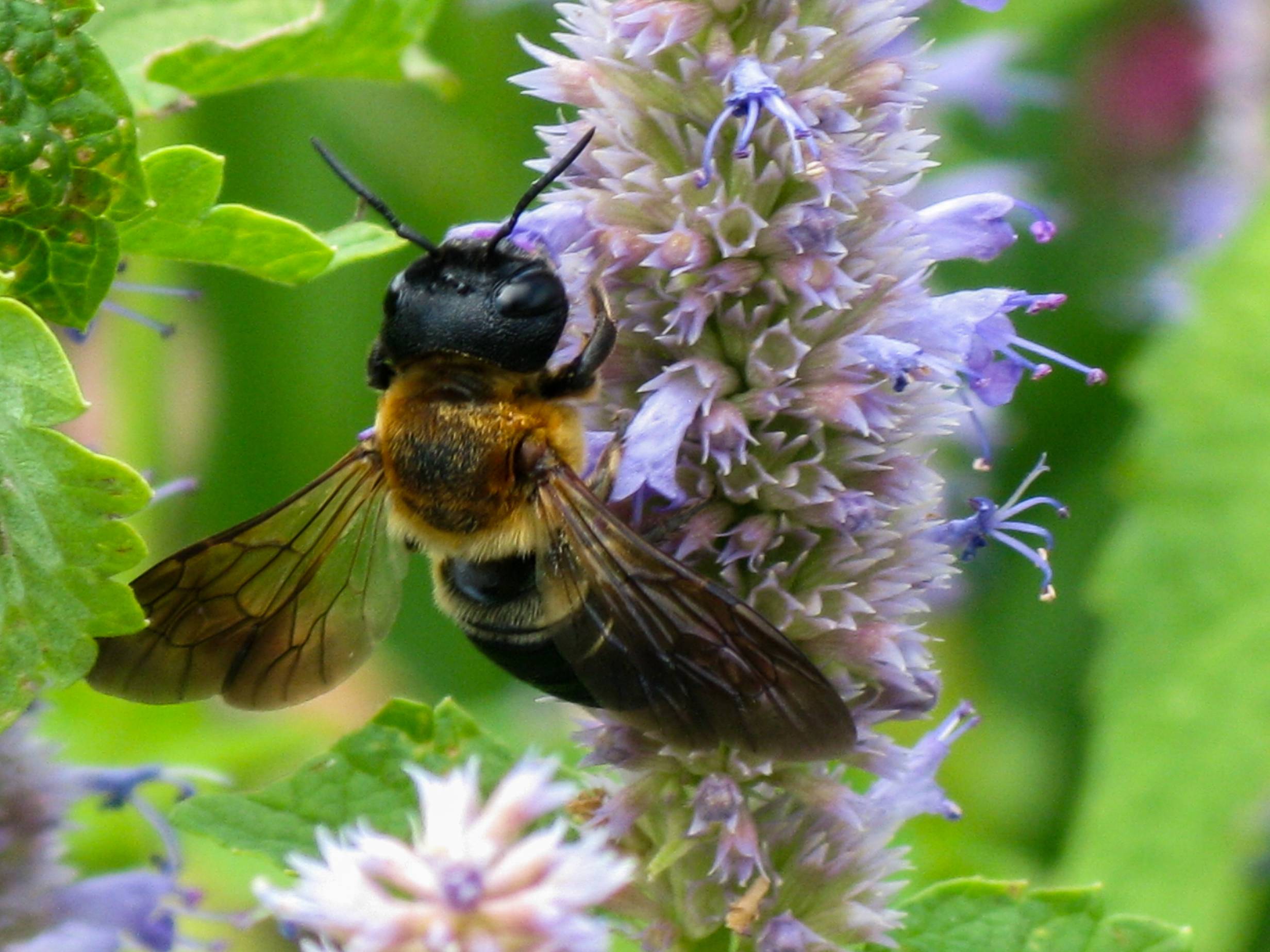
The Champaign County Juvenile Detention Center (JDC) is one of the most unique community projects because it is a year round project, bi-weekly lessons for the children in the center taught by the Master Gardeners. Classes focus not only on growing plants and flowers, but teaching the children about local insects and animals, healthy eating, horticulture related career options, and related topics. In this way the Masters Gardeners are not just people who grow plants, but “stewards of education and the environment” as they make an effort to work within the community in diverse and unique ways to teach and pass on their lessons about the value of gardening. With the University of Illinois in our own backyards, teaching and learning has always been a focus of the community, a focus that the Master Gardeners enhance on by building relationships with individuals and businesses in Champaign-Urbana and passing on their lessons about being connected with the earth and everything around it. One of their students at the JDC remarked, after eating a piece of fruit picked straight off the plant for the first time, “It tastes like outside.”
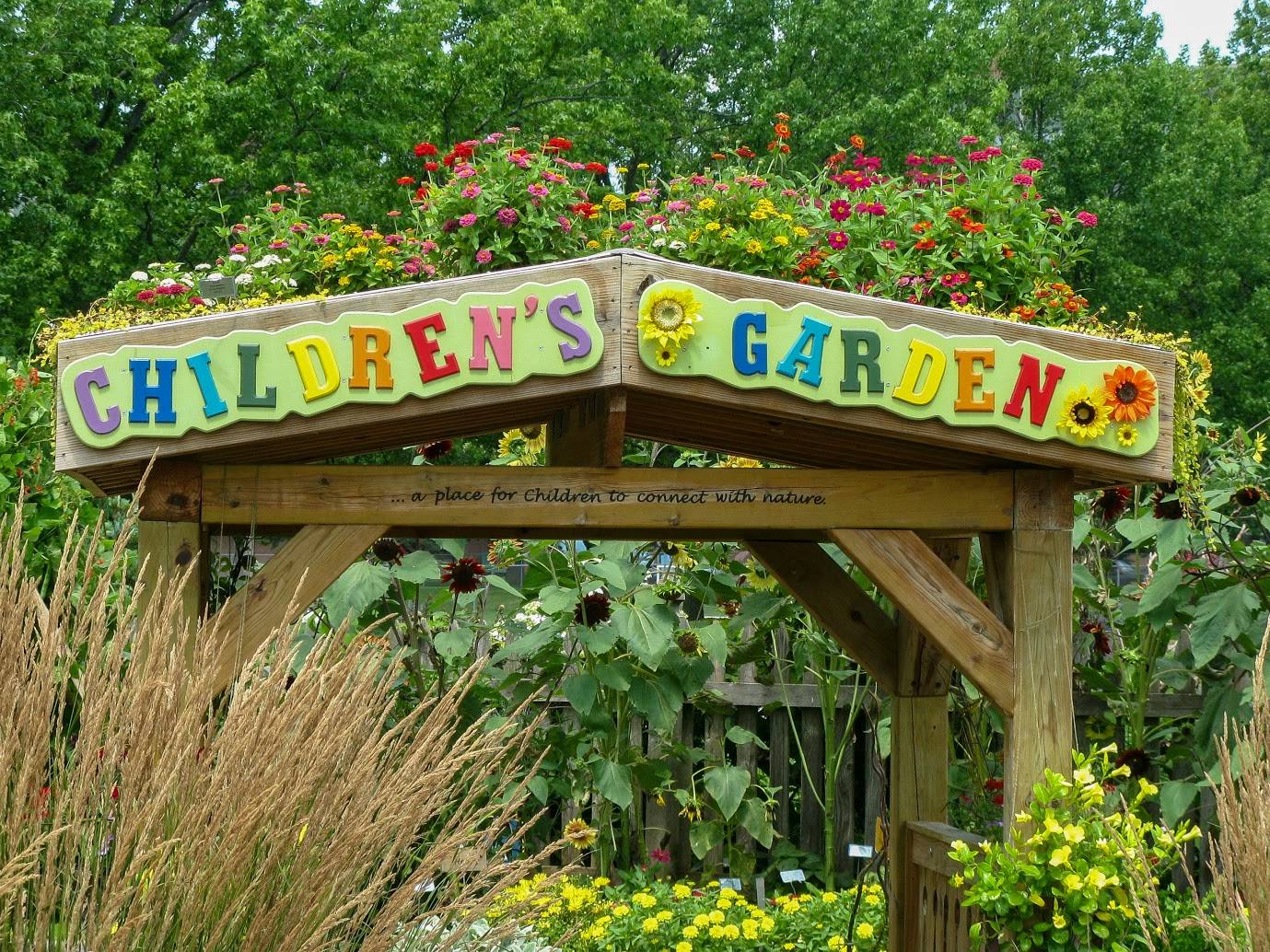
One of the CCMG community projects has been up for a makeover since 2007. You may have seen it driving down Lincoln Avenue between Florida and Windsor; it’s the Idea Garden. The Idea Garden has been under the Master Gardeners’ care since 1997, used as a way to teach citizens of Champaign County about environmentally sustainable and responsible methods of gardening, display how to plan and maintain a garden, and inspire gardeners to try out different types of plants and techniques. Unfortunately, this community gem is pretty inaccessible for people with disabilities and wheelchairs because to get to it you have to park on the street and then walk across uneven grassy field for about 115 yards. The CCMG hopes to begin renovations for the Idea Garden Accessibility Project in 2015 with the installation of a parking lot with wheelchair parking and a sidewalk leading to the garden. They have about 90% of the needed $145,000 for the project and donations are welcome. As a beloved, beautiful, and constantly changing bright spot in our community, used to teach gardeners of all ages, it is a shame that some people cannot access it in its current state. Especially in a “campus and a community that has led the nation and the world in accessibility issues, this project is long overdue.”
The Master Gardeners are a fairly small group of people, who rely primarily on word of mouth to inform people about the program and what it does. It all goes back to the relationships the volunteers like to build by getting hands-on with what they do and reaching out to the community directly, fostering growth and development, not just of their plants, but of the people of Champaign-Urbana. It seems the Champaign County Master Gardeners fit in well with our community of learners. Constantly seeking opportunities to teach and be taught, bringing positivity to the lives of others, that’s what the Master Gardeners are all about. For more information about the program, how you can get involved, or the Idea Garden Accessibility Project, you can contact Ava Heap at carmien@illinois.edu or (217)-333-7672. And be sure to check out the Cultivator, the CCMG bi-monthly newsletter that’s written and edited by the Master Gardeners available online. Donations are accepted, and go to the various CCMG community projects or scholarships for applicants.








